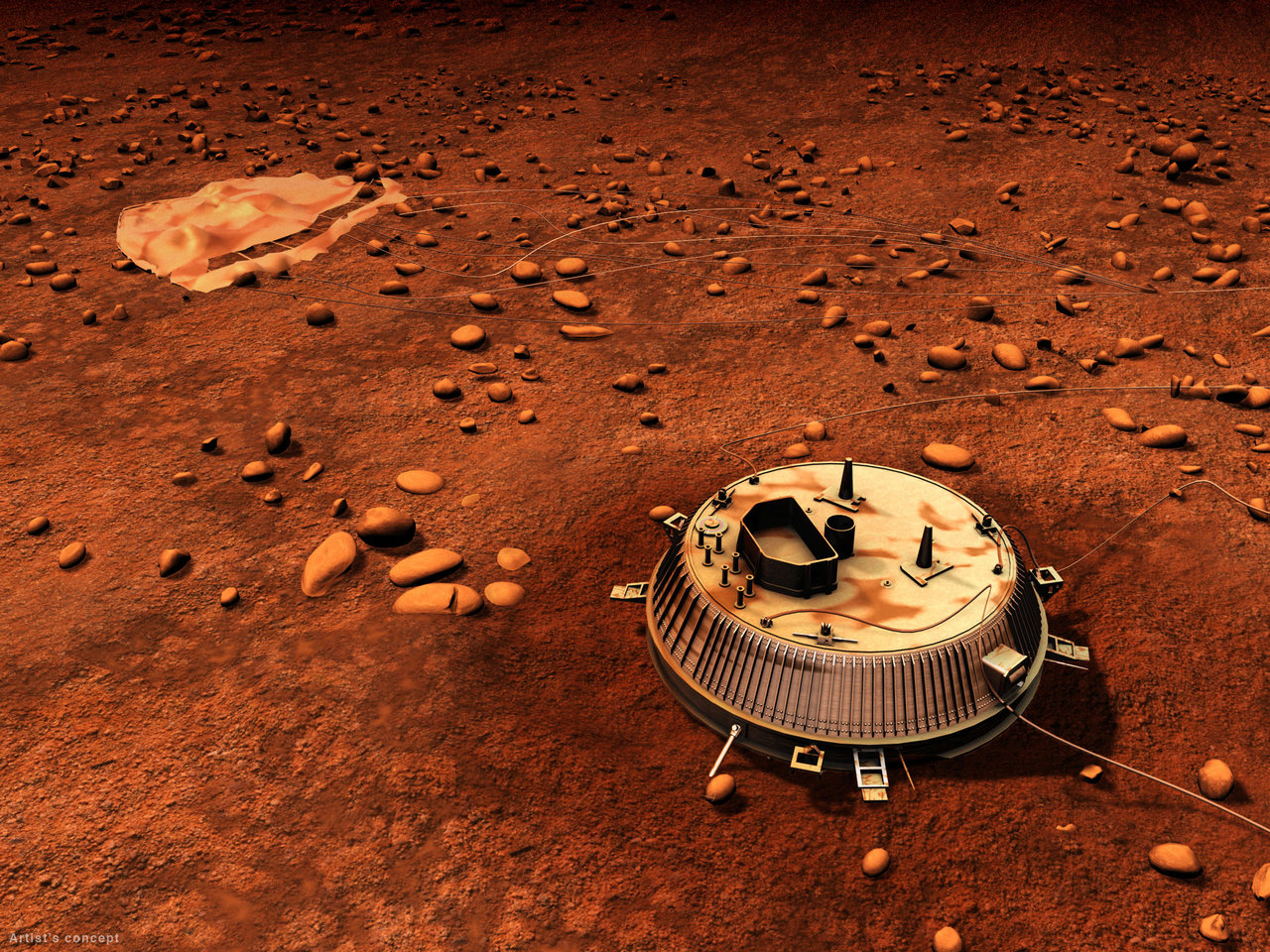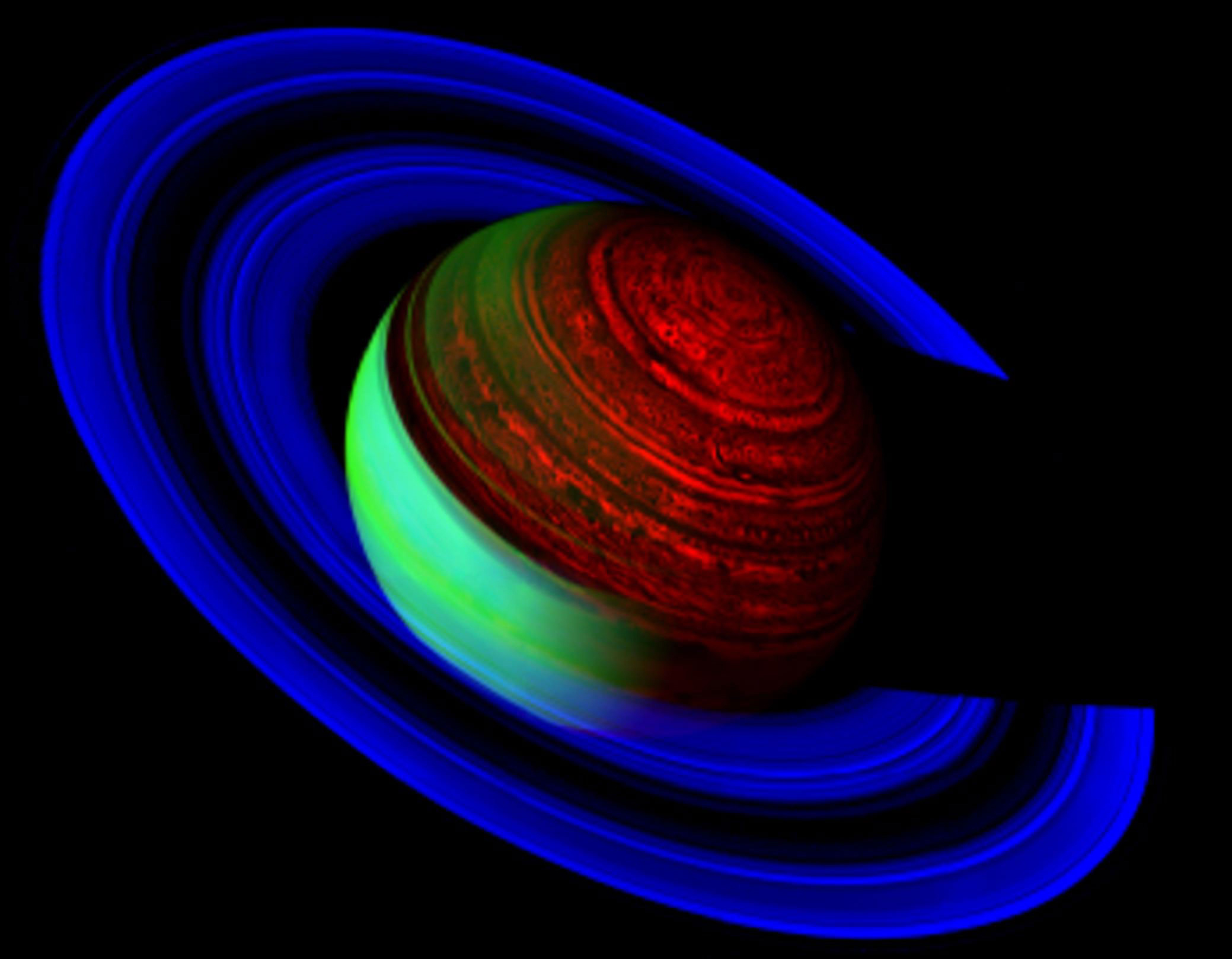
Cassini
About
Descent Imager/Spectral Radiometer
The DISR instrument, designed at LPL by a team led by Research Professor Martin Tomasko, made a range of imaging and spectral observations using several sensors and fields of view. By measuring the upward and downward flow of radiation, the radiation balance (or imbalance) of the thick Titan atmosphere was measured. Solar sensors measured the light intensity around the Sun due to scattering by aerosols in the atmosphere. This permitted the calculation of the size and number density of the suspended particles. Two imagers (one visible, one infrared) observed the surface during the latter stages of the descent and, as the probe slowly rotated, built up a mosaic of pictures around the landing site. There was also a side-view visible imager that obtained a horizontal view of the horizon and the underside of the cloud deck. For spectral measurements of the surface, a lamp switched on shortly before landing that augmented the weak sunlight.
Visual and Infrared Mapping Spectrometer
The VIMS instrument on the Cassini spacecraft had several unique capabilities. It was able to identify the chemical composition of a surface, atmosphere, or Saturn’s rings by measuring the visible and infrared energy. VIMS was, in essence, a color camera that took pictures in 352 different wavelengths between 300 nm and 5100 nm. This range, coupled with the ability to discern different wavelengths (called spectral resolution), allowed the VIMS instrument to be able to very accurately quantify the light it detected. Do you know which wavelengths of light we can see? The visible spectrum falls between 400 nm and 700 nm, a small portion of the light that the VIMS instrument gathered. The VIMS instrument was operated from LPL by a team led by Professor Robert Brown.
Map of Titan created by LPL Cassini VIMS Team
VIMS Instrument Records at UArizona Special Collections
Faculty
Cassini Faculty

William Boynton
Professor Emeritus
Astrobiology, Cosmochemistry, Lunar Studies, Small Bodies
Veronica Bray
Associate Research Professor
Lunar Studies, Planetary Analogs, Planetary Surfaces
Robert Brown
Professor Emeritus

Caitlin Griffith
Professor Emeritus
Astrobiology, Exoplanets, Planetary Astronomy, Planetary Atmospheres, Planetary Formation and Evolution, Planetary Surfaces, Titan & Outer Solar System








